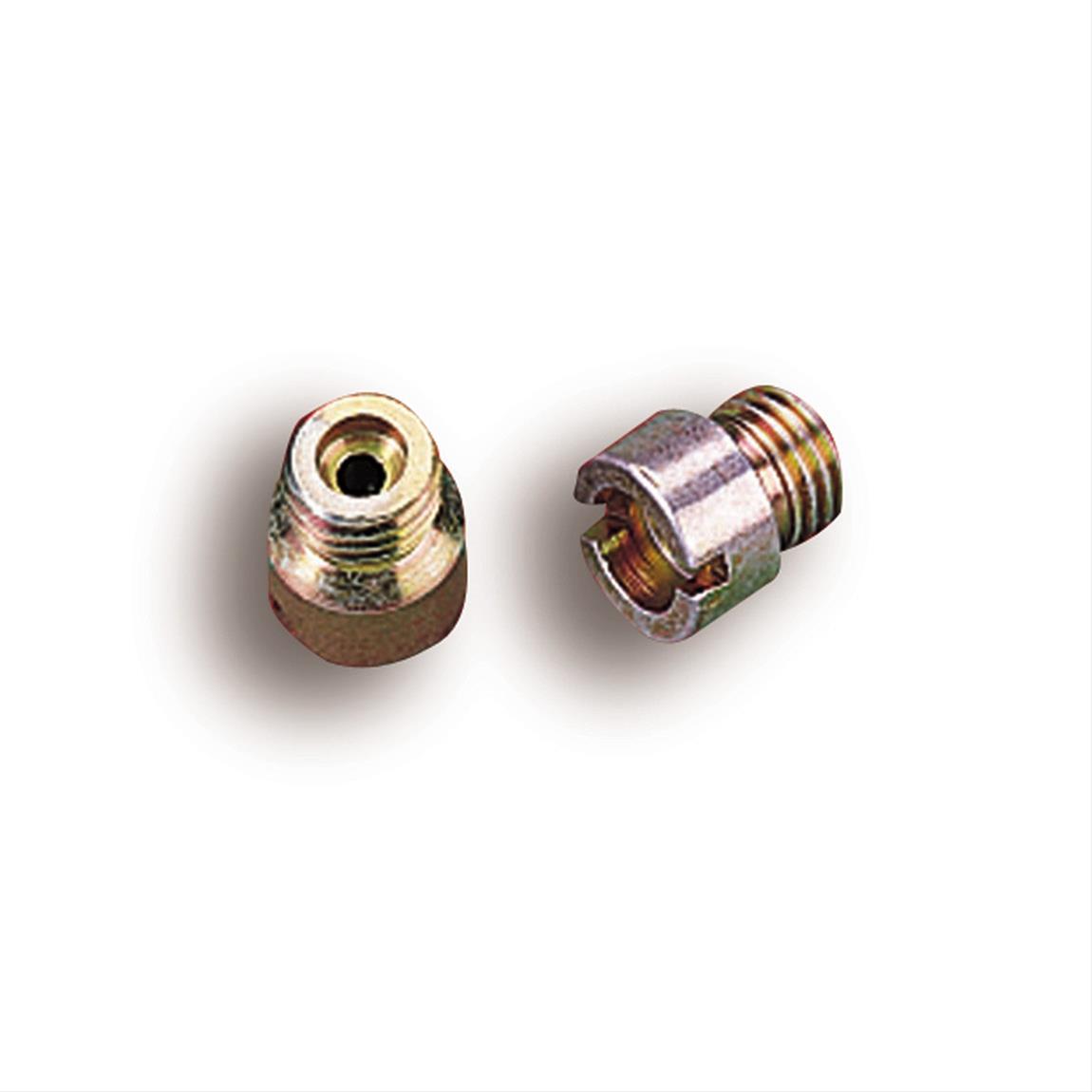The restrictor fitting is a requirement in Canada. I talked to the MDRA this week about this because there's been a few posts about Canadians not being allowed to use sight gauges in the cabin without shut off valves at the gauge. They're fine with a site gauge but they want to see a 0.040 restrictor on the inlet and outlet side. I'm not sure what the best way to build that is but I'm figuring that out now. Anyone got suggestions?
I'm sure the restrictors would dampen the sloshing which will be nice. I've got open sight gauges in my current plane and they do slosh around a lot if there's any turbulence. They're still useful but definitely not as accurate as they could be.
I'm sure the restrictors would dampen the sloshing which will be nice. I've got open sight gauges in my current plane and they do slosh around a lot if there's any turbulence. They're still useful but definitely not as accurate as they could be.





Comment